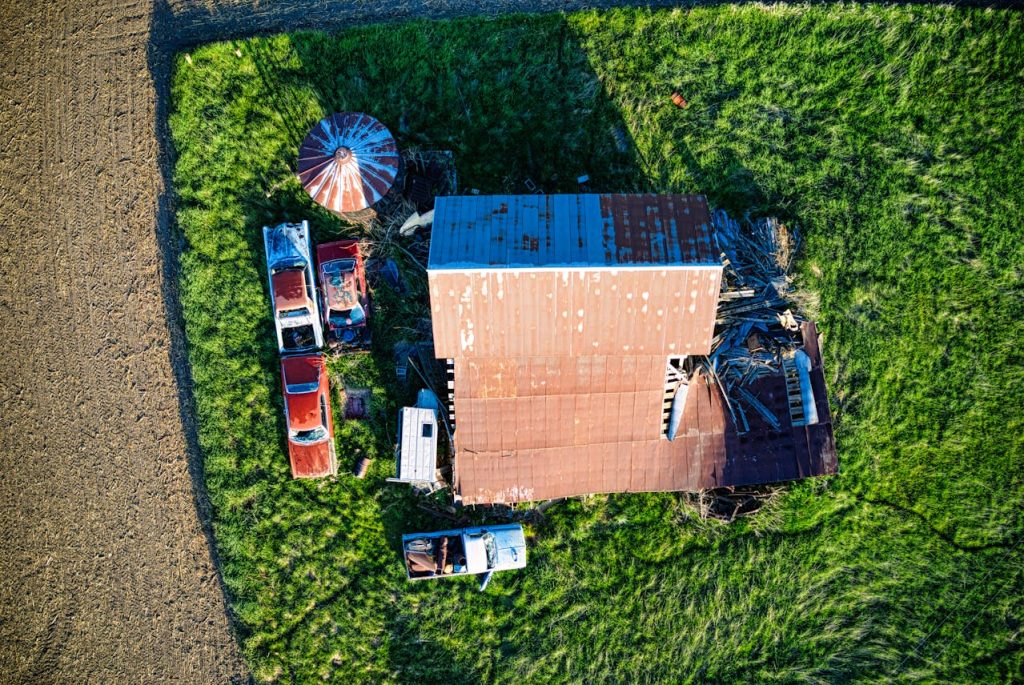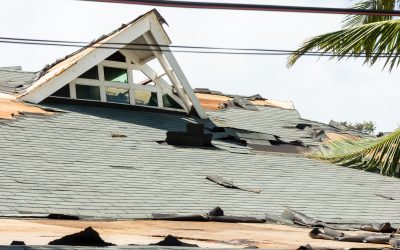Wind Damage to Roof: Prevention and Restoration Tips
Roofs are the unsung heroes of our homes, shielding us from the elements day in and day out. However, they are also vulnerable to the wrath of nature, particularly wind damage. Whether it’s the relentless gusts of a storm or the fierce blows of a hurricane, wind can wreak havoc on roofs, leading to costly repairs and disruptions. In this guide, we’ll explore the causes of wind damage to roofs, prevention strategies, and restoration tips to help you safeguard your shelter.
Understanding Wind Damage to Roof
Wind damage to roofs is a common occurrence, especially in regions prone to severe weather conditions. Strong winds can peel off shingles, lift flashing, and even tear off entire sections of the roof. The severity of the damage depends on various factors, including wind speed, roof design, and the quality of materials used.
Wind and hail damage to roofs often go hand in hand, amplifying the destruction caused to properties. Hailstorms, accompanied by high winds, can pummel roofs with ice pellets, leading to punctures, cracks, and weakened structures. As a result, homeowners are left grappling with the aftermath, facing not only structural damage but also potential water infiltration and mold growth.
Wind Damage to Roof Prevention Strategies:
Preventing wind damage to your roof begins with proper maintenance and reinforcement. Here are some preventive measures to consider:
Regular Inspections
Conduct routine inspections of your roof to identify any signs of damage or wear and tear. Look for loose or missing shingles, damaged flashing, and weakened areas that may be susceptible to wind uplift
Secure Roofing Materials
Ensure that roofing materials, including shingles, tiles, and flashing, are securely fastened to the roof deck. Use high-quality roofing nails and adhesives to enhance durability and resistance to wind uplift.
Reinforce Roof Structure
Strengthen the roof structure by installing hurricane straps, braces, or trusses to provide additional support during high winds. Reinforcing the roof deck and framing can help prevent roof uplift and minimize damage.
Trim Trees and Branches
Trim overhanging branches and remove dead or weak trees near your home to reduce the risk of them falling onto your roof during a storm. Flying debris can cause significant damage, so keeping trees well-maintained is essential.
Upgrade to Impact-Resistant Materials
Consider upgrading to impact-resistant roofing materials that are designed to withstand high winds and hail damage. Impact-resistant shingles, metal roofing, and synthetic membranes offer greater durability and longevity, providing added protection for your home.
Wind Damage to Roof Restoration Tips
Despite the best preventive efforts, wind damage to roofs can still occur. In such cases, prompt restoration is crucial to prevent further deterioration and protect your home’s integrity. Here are some restoration tips to follow:
Assess the Damage
Begin by assessing the extent of the damage to your roof. Inspect the entire roof surface, including shingles, flashing, vents, and gutters, for any signs of wind damage. Take note of any visible cracks, tears, or displaced materials.
Tarping and Temporary Repairs
If your roof has sustained significant damage, such as missing shingles or exposed areas, consider tarping the affected areas to prevent water infiltration. Perform temporary repairs, such as sealing cracks and securing loose materials, until permanent repairs can be made.
Hire Professional Contractors
For complex repairs or extensive damage, enlist the services of licensed roofing contractors with experience in wind damage restoration. Ensure that the contractors are certified and insured to handle roof repairs safely and efficiently.
Document the Damage
Document the damage to your roof by taking photographs or videos of the affected areas. Keep detailed records of repair estimates, invoices, and communication with your insurance provider, as this information will be necessary when filing a wind damage claim.
File Your Wind Damage to Roof Claims
Contact your insurance provider to file a wind damage claim promptly. Provide them with the necessary documentation, including photographs, repair estimates, and any other relevant information. For Florida homeowners, considering the assistance of public adjusters in Florida can be beneficial in navigating the claims process effectively.
Conclusion:
Wind damage to roofs can pose significant challenges for Florida homeowners, but with proactive prevention and timely restoration, you can minimize the impact on your property. By implementing preventive measures, reinforcing your roof structure, and investing in quality materials, you can fortify your Florida home against the forces of nature. In the event of wind damage, swift action and professional assistance, including public adjusters in Orlando, Florida, are key to restoring your roof and safeguarding your shelter for years to come.
Remember, protecting your home begins at the top—so don’t wait until the next storm strikes. Take the necessary steps to fortify your roof and ensure peace of mind for you and your family.



